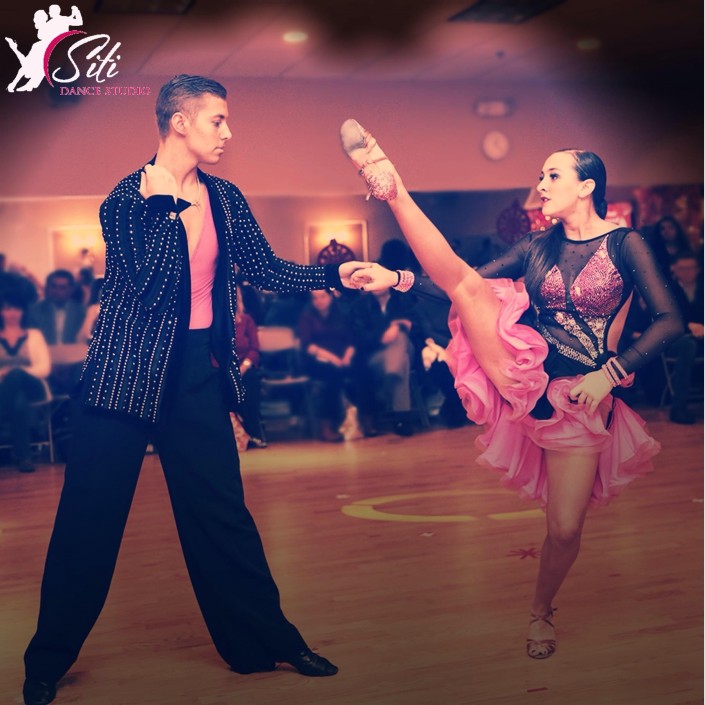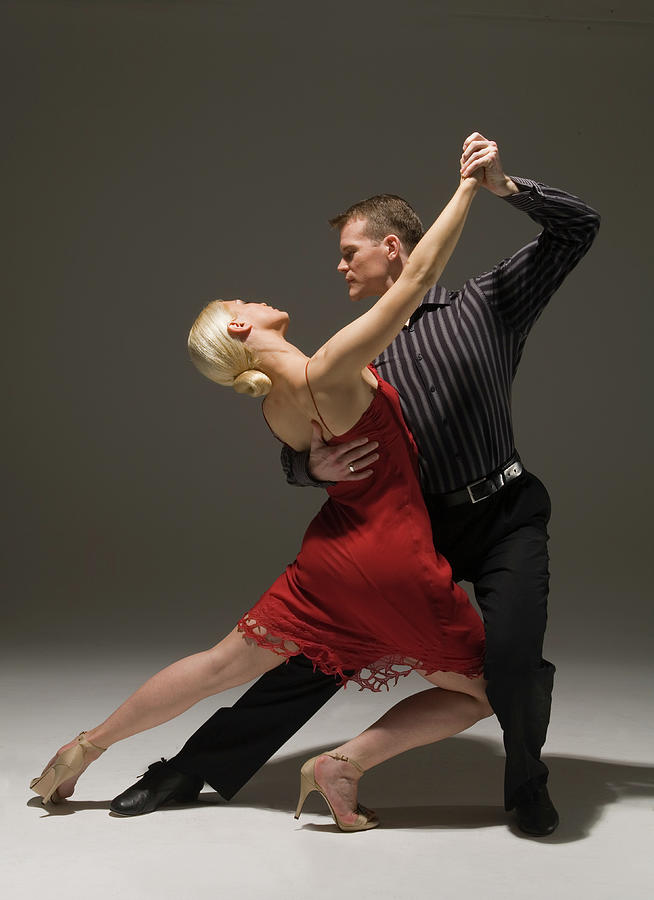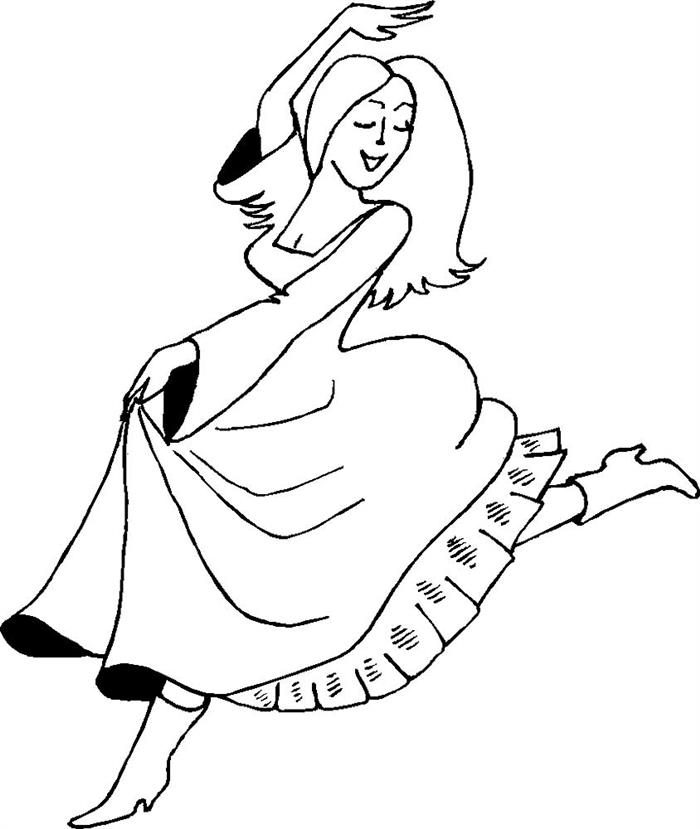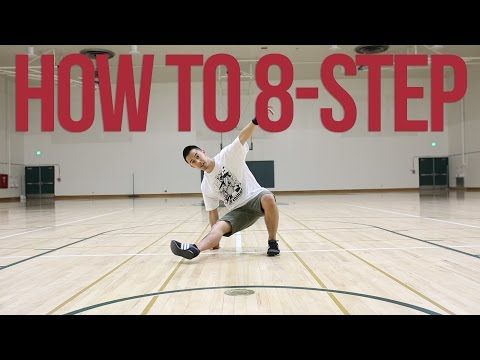How to learn ballroom dancing at home
How to Learn Ballroom Dancing at Home: Five Tips to Remember
Do you want to learn ballroom dancing, but don’t know how to get started?
This blog post is for you! I’ll outline a few methods that you can use to learn ballroom dancing at home. Keep reading for more information.
Table Of Contents
- How to Learn Ballroom Dancing at Home
- Ballroom Dance at Home: The Five Steps
- 1. Choose a Style of Dance
- 2. Pick Some Music
- 3. Dance Your Heart Out
- 4. Practice with a Partner
- 5. Practice, Practice, and Practice
- Keep on Dancing!
- Conclusion
- You may also like!
Note: We hope you love our articles! Just so you know, as an Amazon Associate, we earn from qualifying purchases. Thank you if you use our links, we really appreciate it!
How to Learn Ballroom Dancing at Home
You can buy a lot of books to learn the ballroom dances, but trust us when we say that this might not lead to learning.
Yes, you can at least have a bit of a background about the dance you are trying to learn, but you will not know how to do it properly.
This is the case because dancing is about movement.
The truth is, you cannot simply learn how to dance by just reading about it.
More than that, you cannot effectively know how to move your feet based on instructions from written material.
Therefore, the best way to learn is to imitate something while learning it.
How can that be done? By watching tutorials or at least have a picture reference.
Learning by imitation and repetition will surely make you grasp the basic foot combinations easier.
That being said, if you really do not have access to such videos, you can at least learn from tutorials that have detailed illustrations in it.
In that way, you can exactly see where your feet will go and the number of counts needed for each step.
Ballroom Dance at Home: The Five Steps
These are the general steps that you can do in order to learn how to ballroom dance at home.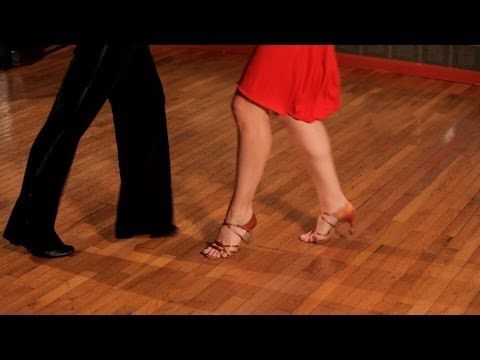
1. Choose a Style of Dance
A single Google search will show you that ballroom dancing is comprised of a lot of different social dances and styles.
There are samba, rumba, tango, jive, cha-cha, waltz, quickstep, foxtrot, and many more.
You really cannot learn every dance all at once because they all have varying core step combinations.
Therefore, choose only one, and then move on to the next one once you have completely mastered your first choice.
Part of choosing a dance is to know your purpose behind it.
Are you learning because of an upcoming wedding?
A party? A presentation in the office?
More than the purpose, you should also research a bit of background about the dance.
It is not really about learning the history of the dance, but in the process of learning the history, you also get an idea of what you need to accomplish with that particular dance.
For example, if you chose jive, then by learning its history, you will get a feel for its dancing type.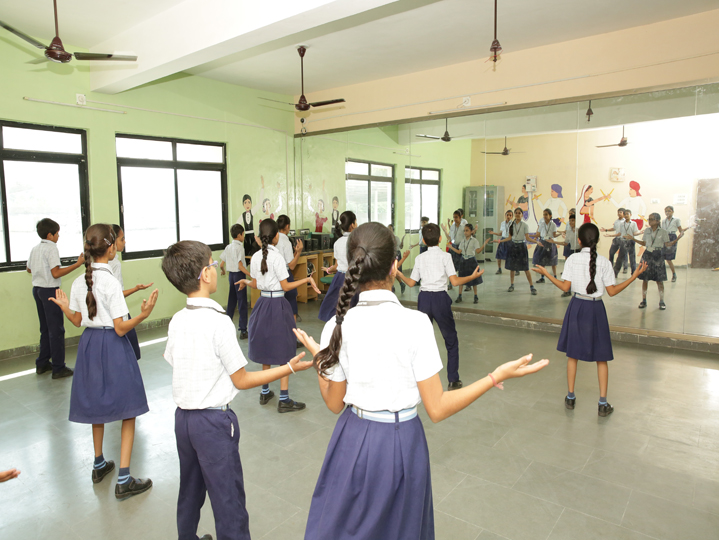
You will discover that you need to be quick on your feet and focus on the steps more compared to having a lot of hand movements.
2. Pick Some Music
You can easily choose the right music now that you know a little more about your dance choice.
Familiarize yourself with the beat and the different parts of the song.
That will help you to keep up when you finally do the moves.
Likewise, if you are practicing, you can easily rewind the song to a specific time because you already know all of its parts.
3. Dance Your Heart Out
Kellogg Elementary
@KelloggPUSD
Who’s Ready for Some Ballroom Dancing! #CongaKids #BallroomDance 💃🏽🕺🏽@PomonaUnified https://t.co/TbgXpIt9rc
2:09 AM · May 11, 2019
The first thing to do is to learn the basic steps of your chosen dance.
This set of steps usually fit in just 16 counts, and the rest of them is just repetition.
Learn the steps and practice them with music.
You have to do a set of steps again and again until it becomes second nature to you.
In this way, you are not just doing the steps through your memory.
Once you master one combination, you can then move on to the next combination while mastering it with the first combination.
Through practice, you will notice that other foot combinations are just variations of the basic steps.
4. Practice with a Partner
Obviously, ballroom dancing is about dancing with a partner.
Once you are done with a specific combination of steps, it is time to test it out with a partner.
Things may really be a little shaky at first, but both of you will get the hang of it.
Just do not get so frustrated when both of you do not get it at first.
Remember to stick with the combinations as those will guide you to stay up to beat.
5. Practice, Practice, and Practice
Hopefully, by this time, you have already completed dancing to the entire song with at least five full combinations.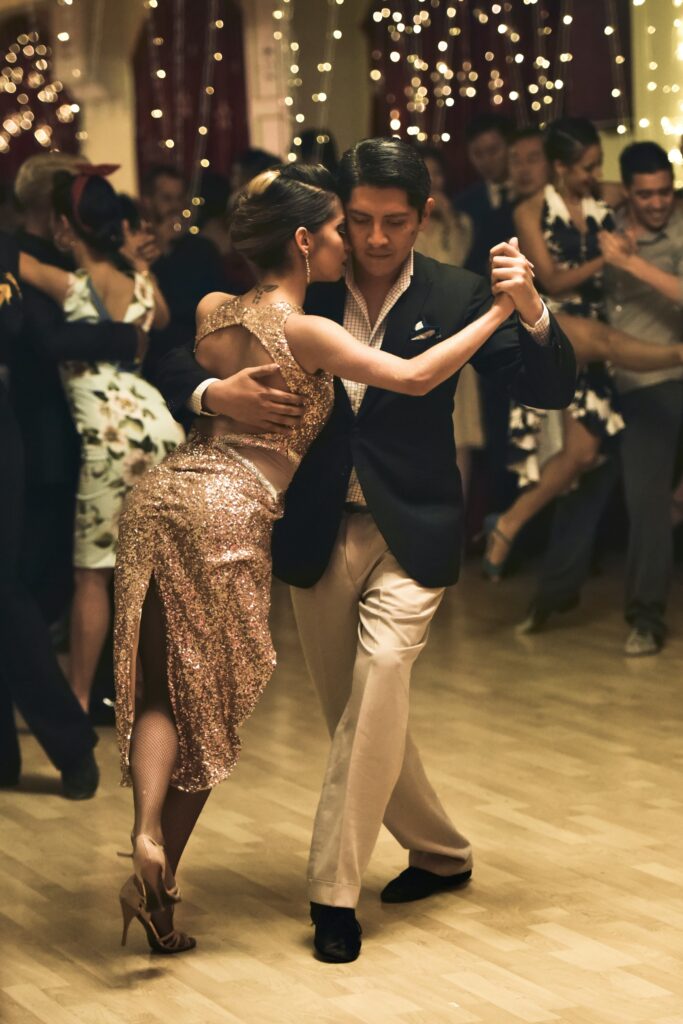
All you need to do is to keep on dancing and polishing your moves.
It is also great if you have a mirror so that you can see if you are doing something wrong or if your footing is a little bit off.
If you get lost, just go back to the basic footwork, and you will be back on track.
After a while, you will eventually get tired of the same song, and this is the ultimate test if you really perfected the foot combinations.
Try them with another song and see if you can keep up.
Watch this video on YouTube
Keep on Dancing!
Those are the five steps on how to learn ballroom dancing at home.
Use them as your general guide, and you will see that learning will be easy.
If you do not get it at first, just keep at it as it really takes a lot of time to master even the basic steps.
Remember to stick with the basics so that you will not get frustrated when you add other movements.
Also, do not forget to have fun; you get to learn dance while no one is watching, so give it your all.
Enjoy your dance routine!
Conclusion
The world of ballroom dancing is truly a magical and interesting place to be in.
Whatever type of ballroom dance you perform, it can easily captivate the audience.
But what if you do not want to go to a dance studio?
Is there a way on how to learn ballroom dancing at home?
Good thing, there are ways on how to properly go about this.
Do not worry if you have no idea where to start as we can guide you through your home learning.
You might be surprised that you already know how to dance to a specific ballroom number automatically.
You may also like!
Bestseller No. 1
1,599 Reviews
RoseMoli Women’s Latin Dance Shoes Satin Professional Ballroom Salsa Practice…
- Design: Elegant & generous classical style design.
 Adjustable crisscross ankle straps match shining rhinestone quick…
Adjustable crisscross ankle straps match shining rhinestone quick… - Material: high quality satin upper, soft & silky. High elastic latex midsole, high quality insole , soft breathable…
Bestseller No. 2
715 Reviews
Bloch Women’s Splitflex T-Strap Character Shoe, Tan, 7
- Versatile leather character shoe with leather upper and leather lining
- Contoured chic 2 1/2” heel
Bestseller No. 3
547 Reviews
TTdancewear Women Ballroom Dance Shoes Latin Salsa Bachata Performance Sparkly Dance…
- Suede Sole for Ballroom Dance
- Heels: 2.5inch heels or 3inch heels
Last update on 2022-11-05 /Affiliate Links / Source: Amazon
Share the Love!
Read More About Learning How to Dance
Easiest Ballroom Dance to Learn for NewComers
Where can you learn ballroom dance?
How to Ballroom Dance an Introduction for Beginners
Types of Ballroom Dances You Should Know About: Click “Next Page” Below!
Next Page >
How To Ballroom Dance For Beginners
Learn how to Ballroom dance with our step by step Latin and Ballroom dance lessons online.
Our videos will break everything to make sure you know your steps, timing and technique.
Below you will find free Basic Ballroom dance steps for beginners for Cha Cha, Rumba, Salsa, Swing, Tango, Foxtrot, Waltz and Merengue. In each mini course you will learn the most essential basic steps with HD videos.
How to Ballroom dance for beginners - Free Video Courses:
How to dance with a partner 101 - Social dance steps
Get introduced to social dance steps in this free mini course. Learn how to social dance with 3 Ballroom dances: Rumba basic, Swing basic and Waltz basic. These dances are perfect for partner dancing at weddings and parties. Perfect for beginners looking to get started.
Waltz dance steps for beginners
The slow Waltz is one of the most classical Ballroom dances - dating back to 16th century when they used to hold "Balls". The Waltz's main characteristic is the rise and fall used through out all the steps.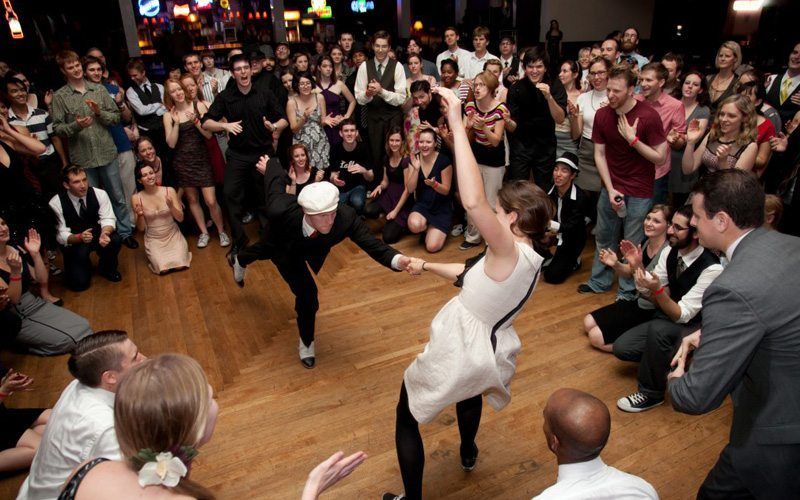 Our videos will teach you the most basic Waltz steps with ease.
Our videos will teach you the most basic Waltz steps with ease.
Cha Cha dance steps for beginners
This cheeky dance is perfect for anyone starting out. This Ballroom dance has a lot of quick and sharp foot and leg movements. It is characterized by a triple step which is danced on the "Cha Cha 1" counts. In this video course you will learn 3 beginner dance steps that you will be able to use right away.
Swing dance steps for beginners (East coast Swing)
The East coast Swing combines rocks steps and triple steps to create a very fun and energetic dance. This dance is influenced by rock n roll and Lindy hop styles - which give it tons of variations including kicks, flicks and turns. Have some fun with the swing now!
Rumba dance steps for beginners
The Rumba combines lots of body, hip and arm movements to make this Cuban dance very expressive. In this mini course you will learn the basic steps, box step and slow underarm turn. This dance requires lots of control because of its rhythm - Slow, Quick, Quick. Learn the basic steps with our videos in this beginner course.
Learn the basic steps with our videos in this beginner course.
Salsa dance steps for beginners
This popular Latin dance is perfect for those of you who like to fast rhythms and lots of turns and spins. This dance is a great for social dancing with its emphasize on lead and follow - where the man initiates movements and the lady follows. After our mini course you'll be able to use what you learned in Latin clubs.
Foxtrot dance steps for beginners
One of the first Ballroom dances that people usually learn is the Foxtrot. It is a very elegant dance that travels around the room. Both men and women push off the standing leg in order to move from foot to foot. This dance is one of the best for pure lead and follow.
Tango dance lessons online for beginners
This Ballroom dance is great for passionate dancers who like to express the Tango music. This is a traveling Ballroom dance that combines a lot of shapes and rotational movements.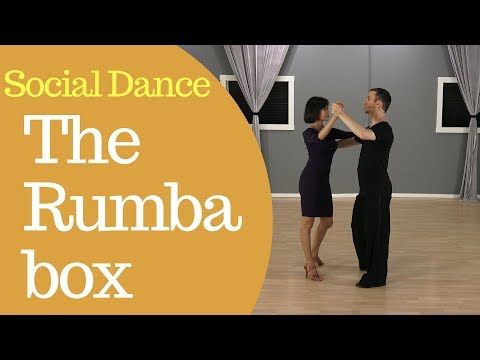 In our mini course you will learn 3 beginner moves to get you started. Enjoy.
In our mini course you will learn 3 beginner moves to get you started. Enjoy.
Merengue dance steps for beginners
Here is a Latin dance that is considered to be the easiest of all! The saying goes: "If you can walk, you can Merengue". The basic steps all consist of small weight changes that could be danced on the spot, or across the floor. There are lots of intricate turns and arm twists too.
Want More Latin & Ballroom Lessons?
Passion4Dancing Dance Training
Become a member at Passion4dancing.com and get access to 300+ video lessons teaching you Latin and Ballroom dancing (American & International Style).
Visit Pasion4Dancing (Click Here)
90,000 12 life hacks, to quickly learn how to dance from Mamita DanceDances
Author: Pavel Gather
Psychologist, Lecturer Salsa and Tango
Dances
Author: Pavel Pavel
Psychologist, Lecturer Salsa
on At the start, you always want to get a quick result.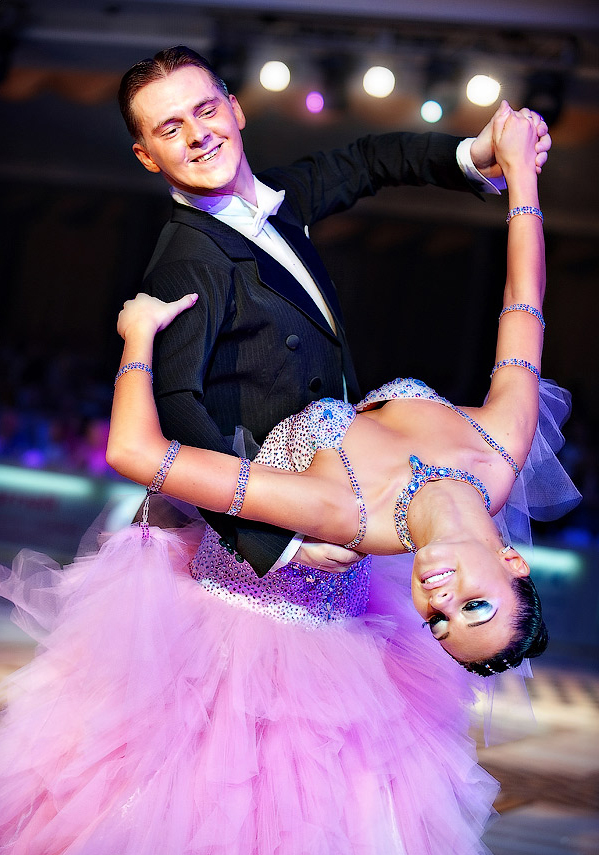 When it doesn't happen, the hypothesis arises that everything takes time. After a conditionally acceptable time, humility comes to mastering pair dances, which, perhaps, is not given, and I will just do what I learned somehow.
When it doesn't happen, the hypothesis arises that everything takes time. After a conditionally acceptable time, humility comes to mastering pair dances, which, perhaps, is not given, and I will just do what I learned somehow.
This is the most common story of those who believe that the mere act of attending a pair dance class is enough to learn how to dance.
Absolutely not. If you want to really dance well, you have to make an effort outside of the dance class. A good teacher will definitely be needed, but the initiative should be on your side.
1. Listen to music
The most common and accessible advice that is given already in the first lessons. And it definitely works. Music creates a certain atmosphere of the dance and intuitively you want to move to it. It doesn't matter where you listen to music - in the car, on headphones while walking or doing household chores.
An addition that will help you dance better is your active participation in the music.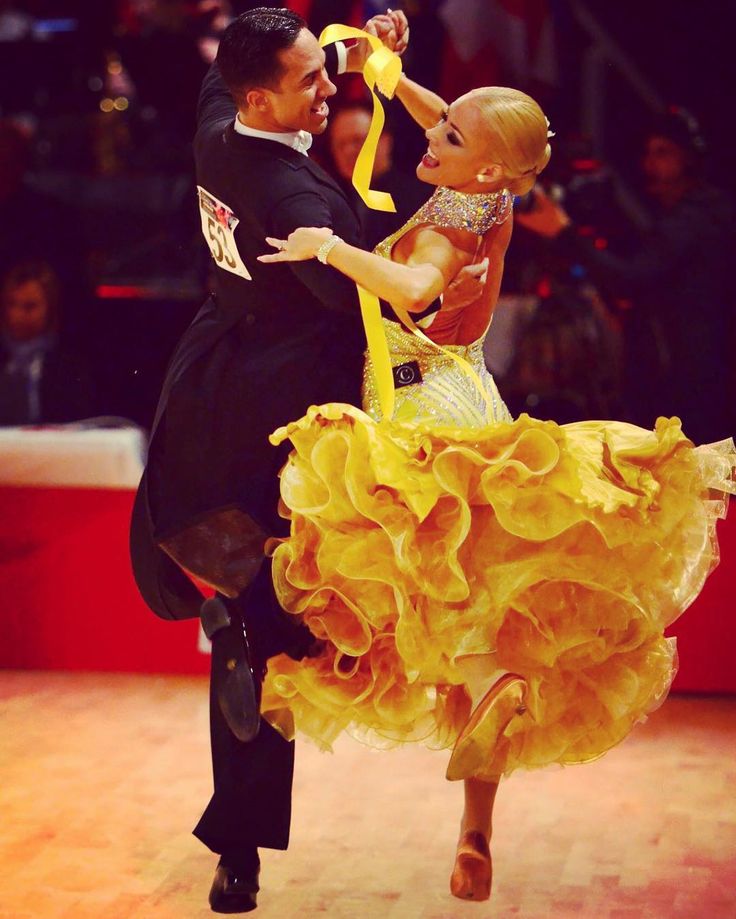 Sing along, dance or simply beat musical accents with any free parts of the body. In the subway, for example, it is enough to tap out bright moments with your fingers, in the car to sing along with sounds, and at home you can jump for pleasure.
Sing along, dance or simply beat musical accents with any free parts of the body. In the subway, for example, it is enough to tap out bright moments with your fingers, in the car to sing along with sounds, and at home you can jump for pleasure.
2. Watch videos of good dancers
It's complicated, but also obvious. It’s more difficult, because without recommendations from more experienced dancers, unfortunately, it’s not so easy to find a good quality video on the net (I mean not the resolution quality, but the content itself).
Meaningful video viewing is about building an understanding of HOW dancers make a particular impression on a partner or viewer. Technology is at the heart of everything. Understanding how the pros do it is a big step forward.
It is important to distinguish a show from a disco dance, a staged performance from an improvisation, a stylized dance from an authentic one, etc. Ask for recommendations and dance teachers will always throw off a couple of videos of worthy landmarks.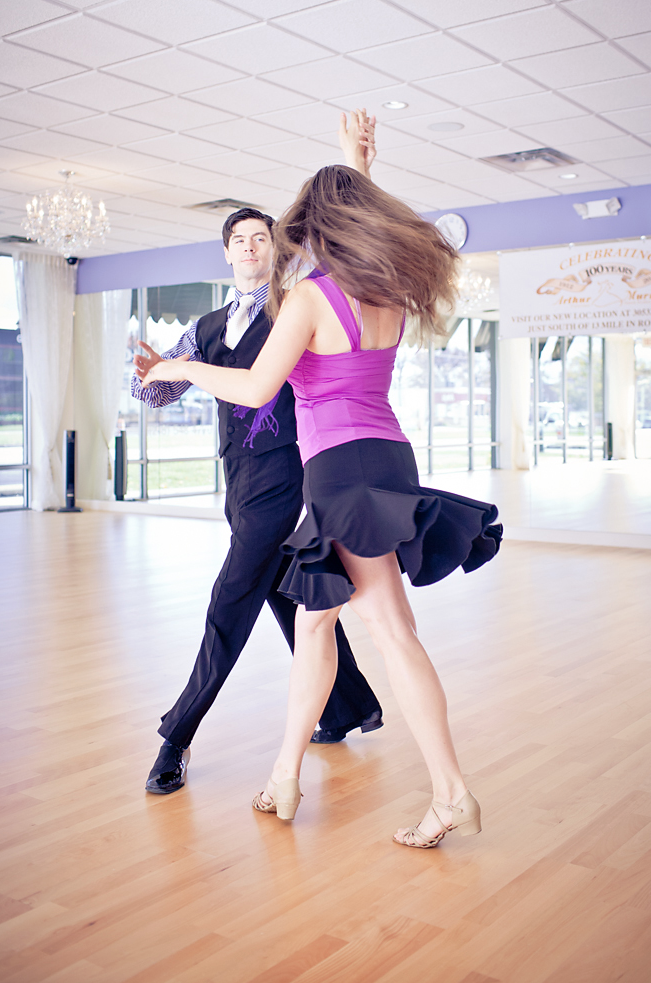
Tango Z. Showreel.
Online modern tango courses
Tango nuevo is the most advanced version of tango. We can quickly learn to dance from zero to a steep level.
| View details |
3. Dance in salsatecas/milongas/discotheques
A very delicate moment when it is worth coming to the first party. From a technical point of view, most students in 1-3 months have a sufficient set of figures and techniques to come and dance calmly. Psychologically, the same moment can be stretched out for an indefinite time. After all, it is imperative to “not lose face”, “learn more figures” and be sure what to do in case “there is an unfamiliar movement”.
In fact, the partygoers don't really care (except for a small layer of non-professional teachers who want to help inexperienced dancers by treating them as customers in the future). It is important to come and try dancing after a month of classes.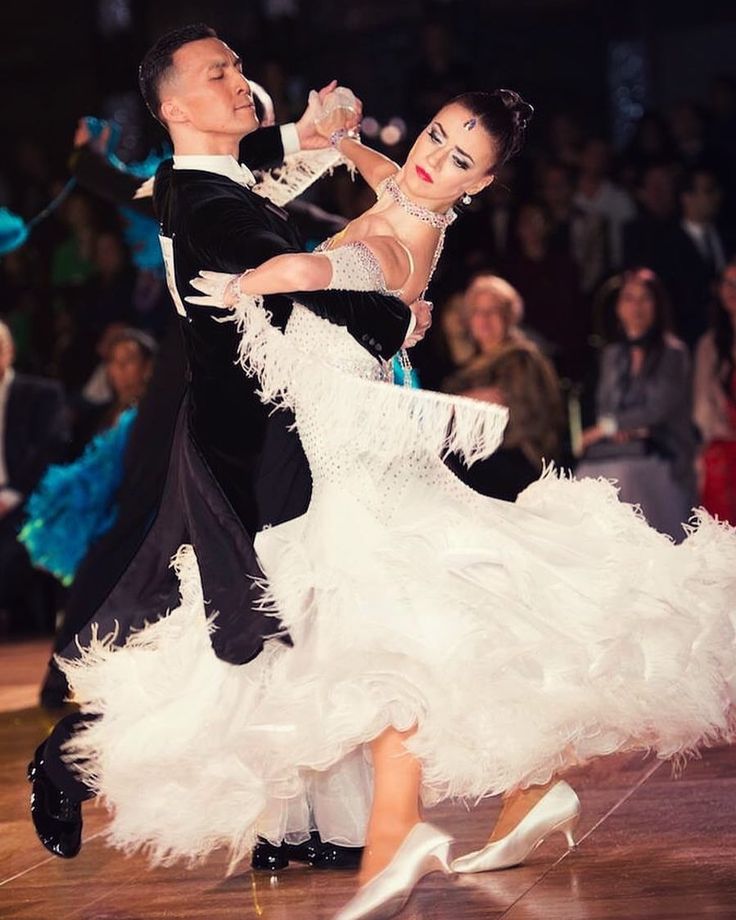 You can only with friends or guys from your group. This will be enough to feel the adrenaline and inspiration from the dance.
You can only with friends or guys from your group. This will be enough to feel the adrenaline and inspiration from the dance.
4. Dance with partners or partners not of your level
The conventional wisdom that you need to practice in groups of your level does not withstand the test of experience. Perhaps now your eyes widened in surprise, and you want to meaningfully read the phrase again. Yes, you saw everything correctly: when you dance with a partner of your level, you don’t grow anywhere.
It's important to understand that not only does it work one way and you have to dance with cooler dancers, but it works even more effectively the other way. It is no coincidence that teaching pair dances dramatically raises the level of the teacher himself. You have an endless stream of very beginner dancers.
How it works. A more experienced partner needs to be "stretched". It's easy and obvious. With beginners, you need to take more initiative on yourself, see the general pattern of the dance more widely, turn on and insure more, try to be an example and be more careful.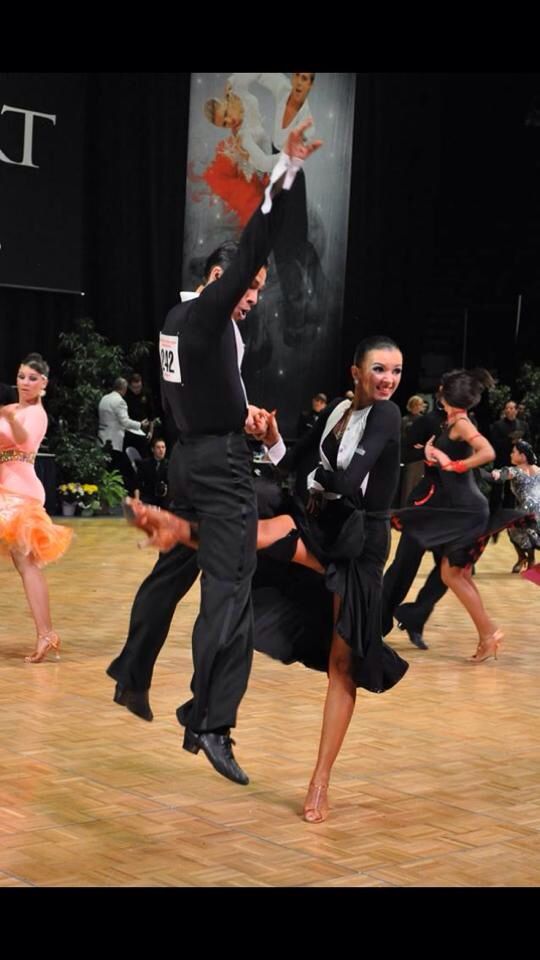 The quality of interaction begins to grow significantly. And wonderful partners too.
The quality of interaction begins to grow significantly. And wonderful partners too.
Dancing with partners of your level doesn't make you grow. Dance with both beginners and more advanced dancers
Dominican Bachata Women's Style Online Course
Want to learn how to hypnotize those around you with the most appetizing part of your body? On the course we will tell you all the secrets.
| Interesting |
5. Learn to dance for a partner and for a partner
Turks and Argentines are one of the best partners in the world. In Russia, partners are highly valued. Why? The answer is simple. In Argentina and Turkey, it is not questionable for men to ask another man to lead in one piece or another and give feedback on the quality of the lead. For them, it will be a great shame to hear moralizing from a partner, or even more so to be known in the community as an insecure partner.
In Russia, due to the constant, often far-fetched, opinion that there are more women in pair dances, partners calmly get up and study their partner's part. Such partners then grow into very cool dancers and teachers. In no case do this at parties, only in class. Here we are talking only about the learning strategy. At parties, be yourself.
6. Do not memorize the links
Always try to look deeper and understand the through principle and idea of movement. Understanding what and how is done will make it possible to independently generate any sequences and chips.
Human memory is limited and there will always be a moment when something will escape and your repertoire will be limited by the size of RAM.
In Argentine tango, for example, there are seven levels of movement construction that, when mastered, will allow you to make millions of combinations. And how many dance sequences can you really remember? In rueda, more than 150 figures dance in a rare circle.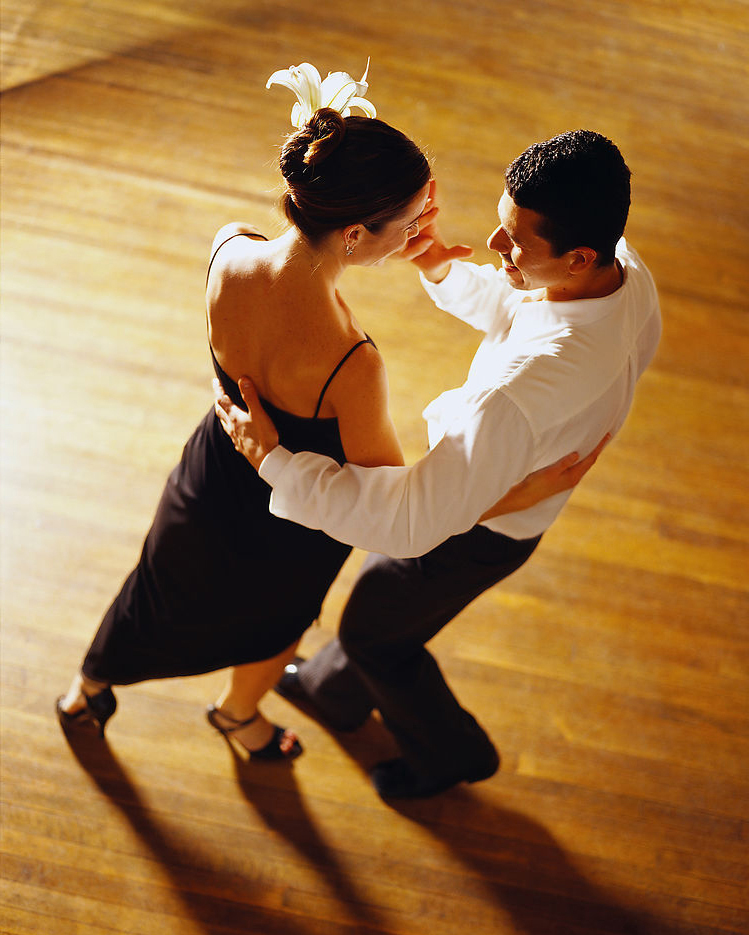 It's hard to keep more in mind.
It's hard to keep more in mind.
7. Develop your body
Many years of experience in teaching couple dance shows that as soon as everyone pairs up in a class, any progress in individual style ends. But it is the individual style that distinguishes everyone at the disco: partners change, and style is always with you.
The body as the main instrument of dance must be very plastic, responsive and emotional. Surprisingly, not all pair dance schools have a general physical warm-up. It is vital to tune the body and understand how it works.
You can always train extra and concentrate more on the basic steps, as their true value is as body work. The sequence of steps is, in fact, the simplest thing that can be in pair dancing. The quality of individual performance determines the craftsmanship.
8. Try on the images of inspiring dancers
A psychological life hack for those who have already mastered the steps, but still feel that there is not enough brightness and drive.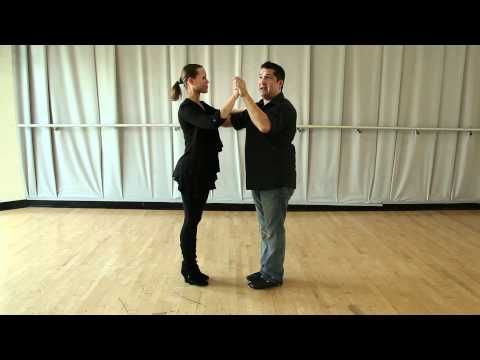 Most are terribly afraid of being someone else's "clone". Here the action is the same as under the influence of hypnosis - the more you resist, the more you plunge into an altered state of consciousness.
Most are terribly afraid of being someone else's "clone". Here the action is the same as under the influence of hypnosis - the more you resist, the more you plunge into an altered state of consciousness.
With a high degree of probability, you are already dancing like someone else's "clone". A meaningful fitting of someone else's image is that you mentally take the image of the one who inspires you (inspiration is critical in this case) and "put on" yourself. Then you start dancing and trying to feel in general how it is to be able, for example, to be the best partner or the sexiest partner in a disco. This is much more difficult than it seems. But it works extremely efficiently.
9. Dance to offbeat music
Habitual rhythms keep you tight. Tango salon or speedy timba leave little room for experimentation and fantasy. Pattern dancing is always noticeable and is reserved for beginners.
The truly new is born outside of the usual.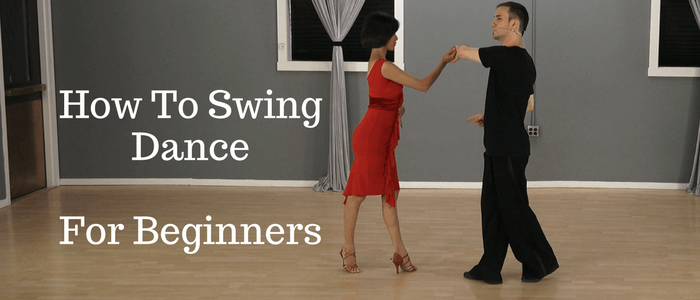 Look for places to experiment. If there is no place, organize self-training. The main thing is not to get carried away, because music determines the style. We bring something new to pair dances, rather than trying to change them.
Look for places to experiment. If there is no place, organize self-training. The main thing is not to get carried away, because music determines the style. We bring something new to pair dances, rather than trying to change them.
Search, improvise, don’t be afraid to go beyond, develop in different directions, be inspired by music atypical for the style
10. Try your hand at basic dance directions
dances exist according to their own non-choreographic laws.
This is the deepest delusion, which has turned into a ceiling for the qualitative development of partner dances. After all, all professional dancers, for example, in salsa or bachata, build their ideas on the basic choreographic principles.
Do not think that choreography is only applicable on stage. Any meaningful movement of the body can be choreographic. In general, try classical or modern choreography. Basically, hip-hop can work too.
11. Look for battle sensations
Pair dances return us to an active position of manifestation of our body. As in the days of our ancient ancestors, we impress the members of the opposite sex by how dexterous, hardy, sexy, etc. we are. Modern laws of the jungle in the entourage of large cities.
If you look around the dance floor, it becomes clear that the majority are clearly herbivores (not in the sense of vegetarians, but in relation to those around them). I am sure that predators are always more interesting in terms of the attractiveness of the image - try to find a counterbalance among herbivores, for example, a cat woman or a lion man.
The conversation is about an internal position, not about aggressiveness. Lability and lack of control are inherent in adolescents, and not in adult self-sufficient people.
Accordingly, even a training or friendly battle gives, on the one hand, practical skills - to make a bright sequence of movements, bring an idea to a climax, show a spectacular feature, on the other hand, develops the psychological basis of the dance - self-confidence, resistance to extraneous attention, self-control and self-control in complex elements.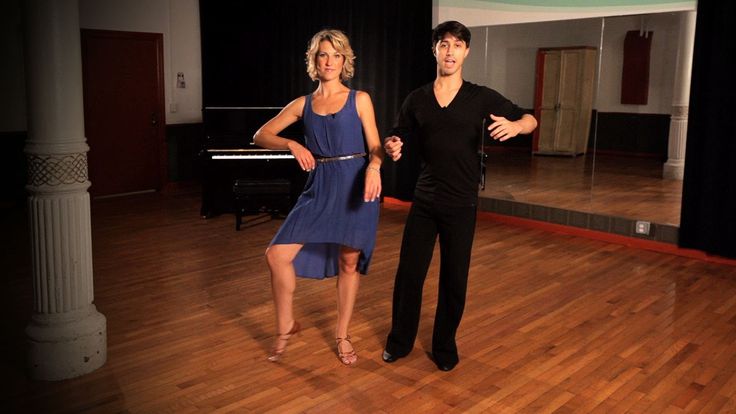
12. Communicate with professionals
The environment shapes the internal position. Basically, real passionaries of the dance community are ready to openly talk, discuss and support the development of dance in every possible way. Universal principles and the ideas they articulate have a much longer and more practical perspective than meets the eye.
Accept that, for example, behind the words "listen to your partner" is not only a beautiful metaphor, but also a practical skill to literally listen to your partner. At the same time, always treat every thought, even the most respected teacher, as a private opinion.
Your skill will lie in finding the scope of the idea even in conflicting opinions. Most often, the contradiction is speculative and the truth lies in the angle of perception or situationality.
Your dancing growth will stop sooner or later. This can happen at the level of three basic steps or years of experience in teaching and show performances.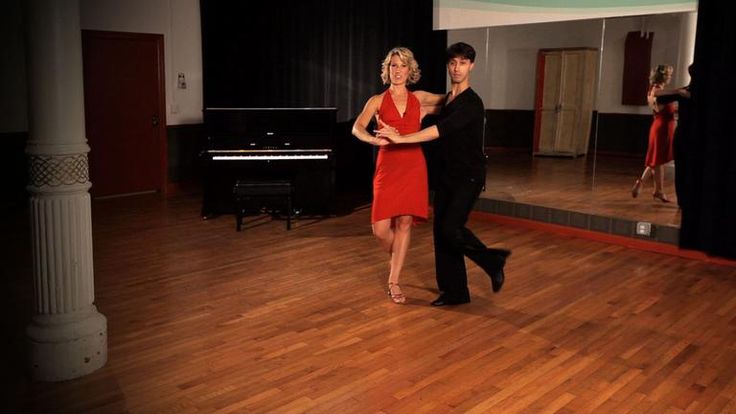 Regardless of your level, the suggested 12 life hacks can get you off the ground and greatly accelerate your dance growth. There is no way here without your motivation and activity. Take your dance development into your own hands. 9Ol000 Dangerous sexuality
Regardless of your level, the suggested 12 life hacks can get you off the ground and greatly accelerate your dance growth. There is no way here without your motivation and activity. Take your dance development into your own hands. 9Ol000 Dangerous sexuality
Salsa: destroyers of stereotypes
Couple dancing as a source of strength.
Self-destruction of the couple dance community
The Salsa series as a mirror of the community
Mamita Fridays: salsa, bachata
Destroying the myths about leading pair dances
Does dancing make us better?
The seven deadly sins of teachers
Why we will never dance bachata like the Dominicans
Why tango?
Dispute over musicality
Selection of dances according to alcohol preferences
Where to find inspiration for dancing?
Terrible tango nuevo
Distribution of roles in a salsa party
Argentinean tango through the eyes of a salsa dancer
Is there a predisposition to dancing?
Which is more effective: individual or group lessons?
Sexual overtones in partner dancing
How to learn to dance: video tutorials for those who are not afraid to try
January 28, 2017LikbezSports and Fitness
If you decide to learn how to dance, do not delay.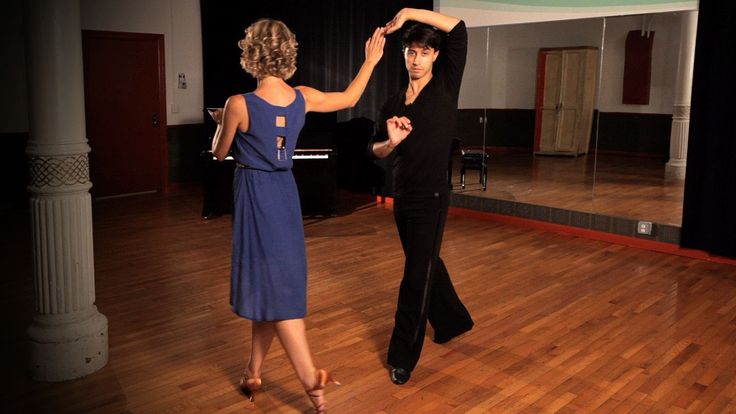 Just repeat after the instructors the basic movements of modern, street, ballroom and social dances.
Just repeat after the instructors the basic movements of modern, street, ballroom and social dances.
Iya Zorina
Author of Lifehacker, athlete, CCM
Share
0Answers to the main questions
Is it difficult to learn to dance?
It's really no more difficult than anything else you're new to. Dance directions are very different from each other. Even if you have mastered one of them, it will be unusual for you to do the other.
However, all dances are connected with the ability to control one's body. And if this is not new to you (for example, you were engaged in martial arts, gymnastics, swimming, and even more so dancing), it will be easier for you to adapt to new movements than a beginner who is not friendly with his body.
Even if you have a fairly wooden body, don't despair. The secret of success is constant practice.
Learning to dance from video lessons is more difficult than from courses.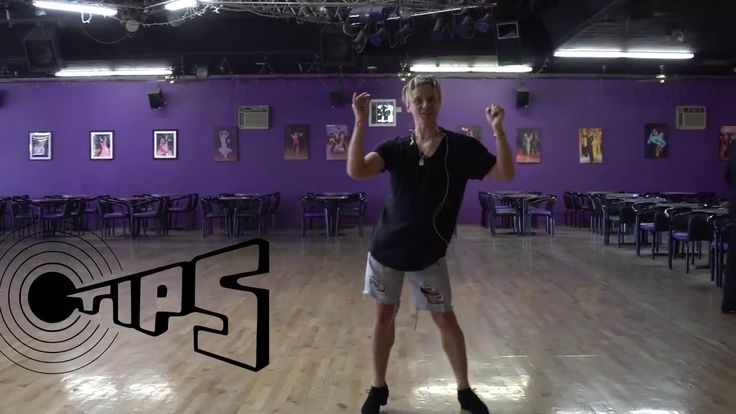 If your body is flexible and obedient, you can still do something similar to the movements of the instructor from the video. If not, you can quickly become disillusioned with dancing: the difference between what is shown in the video and what you will see in the mirror will be too strong.
If your body is flexible and obedient, you can still do something similar to the movements of the instructor from the video. If not, you can quickly become disillusioned with dancing: the difference between what is shown in the video and what you will see in the mirror will be too strong.
Still worth a try. At least in order to determine the appropriate direction.
How many times a week do you dance?
Muscles may initially ache after exercise. But, unlike strength training or running, the body does not require a recovery period.
Therefore, you can safely practice dancing all the time. One of my teachers said to dance 25 hours a day. In any case, the more you dance, the more noticeable the progress.
How to learn to dance modern dances
From this direction we have chosen three types that can often be found in the schedules of fitness clubs and dance schools. And the first - plastic and insanely beautiful contemporary.
Contemporary
Abel M/Flickr.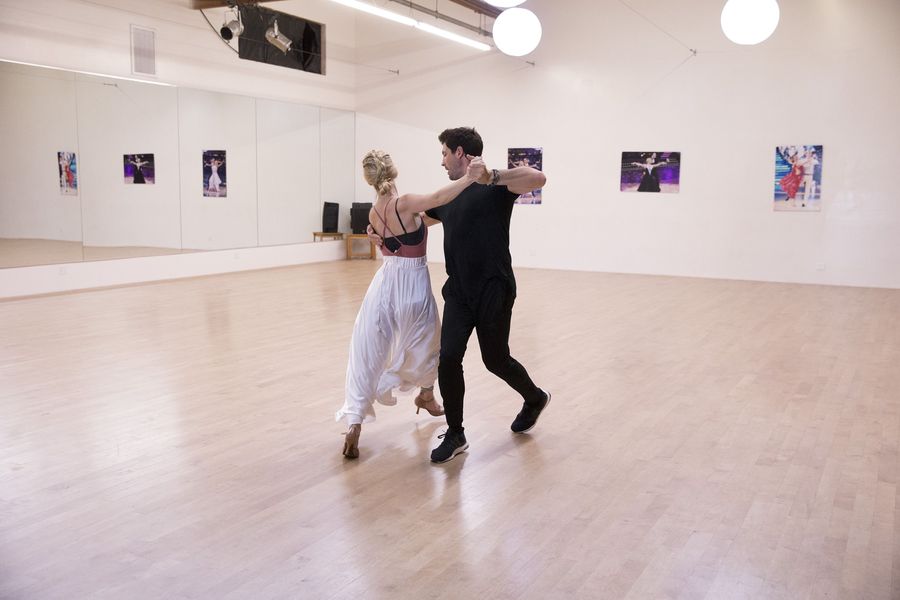 com
com Contemporary combines elements of modern jazz, yoga and martial arts, seasoned with improvisation and attention to breathing. This is freedom and plasticity - the natural beauty of movement.
Here is a clip with a contemporary combination. Give it a try, just be sure to warm up and stretch well before you teach.
And here is the second part:
By the way, about the warm-up. In the video below - a full lesson with a warm-up, stretching and analysis of the combination. In English, but everything is clear and without translation.
If you don’t have time to repeat or consider how some movement is done, set the speed to 0.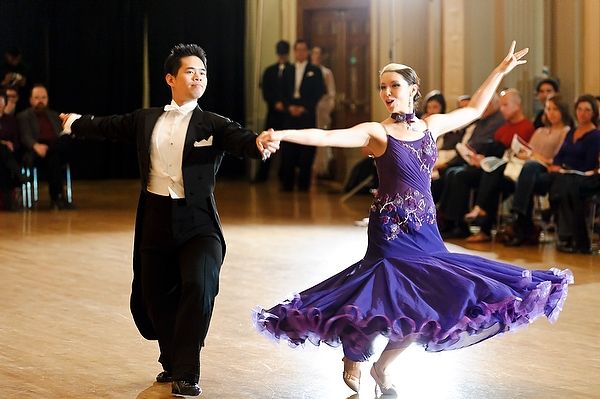 25.
25.
If you like combinations but can't repeat them yet, here are some more videos of routine contemporary lessons.
You will most likely have to do the same in the dance school before you can perform beautiful combinations.
Strip plastic
imperiamarket.byMany people confuse pole exercises and strip plastic. The second is just a sensual dance that can be performed without a pole.
When doing strip plastic, you will not stand at the barre and pull your toe. Everything here is based on the natural sexuality of the female body. Of course, many teachers diversify strip plastic with elements of contemporary or modern, Latin American dances and other areas, but it all depends on the teacher.
How beautiful your dance will look again depends on how well you can control your body, how mobile your joints are and how stretched your muscles and tendons are.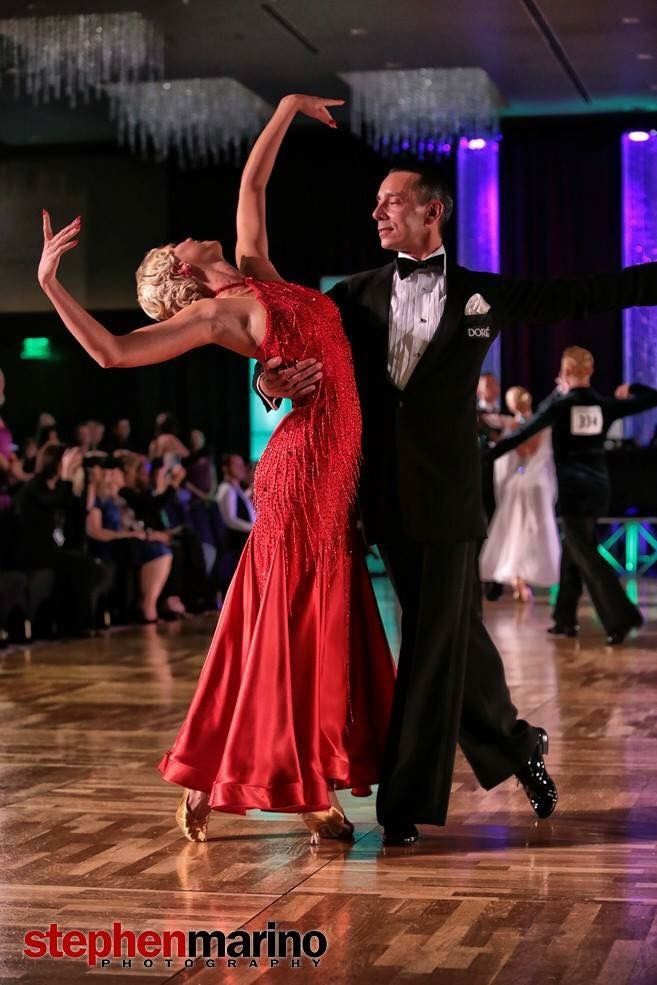
In the video below there is an analysis of the combination. Not too simple, but very sensual and beautiful. And you don't have to move on the floor, so your knees don't get hurt.
And here is a playlist with strip plastic lessons from different dance schools. There are both individual movements and combinations.
And one more, simpler combination. Try it if the first one doesn't work.
Belly dance (bellydance)
júbilo haku/Flickr.com This is a sensual and beautiful dance, which, among other things, helps to develop plasticity and even get rid of some health problems.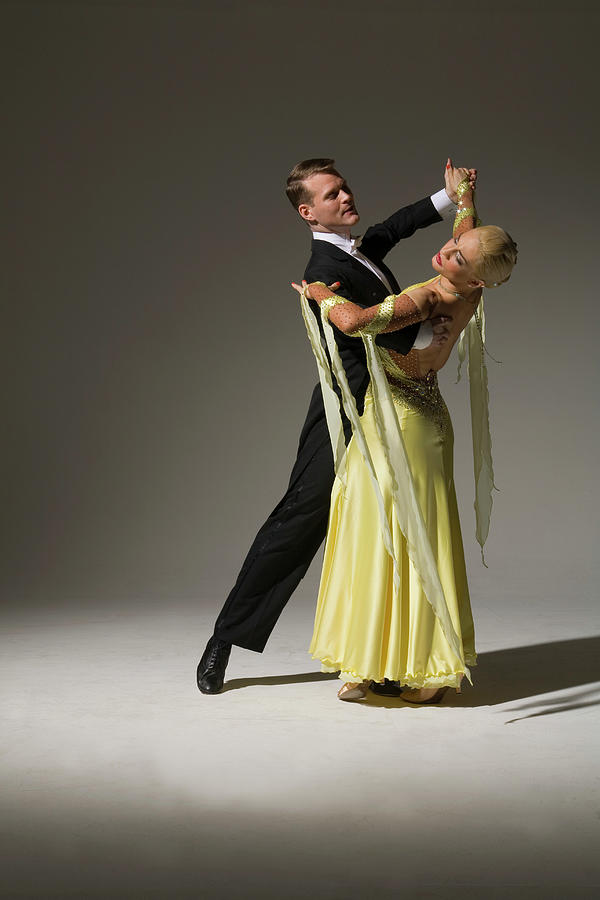
There are a lot of belly dance lessons on YouTube. Below are some of them.
The basic movements are explained very clearly here:
And the second part:
Below is a playlist with five lessons for beginners from another teacher.
How to learn to dance street dance
Hip-hop
pinterest.comHip-hop has only been around for about 50 years. But during this time, many trends and styles have appeared, with different elements, plasticity, and special features.
In addition, modern hip-hop is often complemented by movements from other dance styles, which provides even richer vocabulary and original combinations.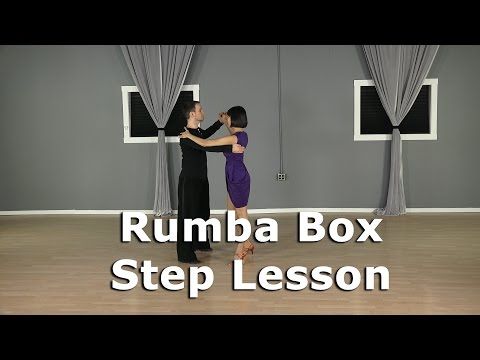
But before you come up with your own combinations, you need to master the basics. In the playlist below you will find basic moves, steps and many combinations. They explain everything in an accessible way. If you can't make it, slow down the video speed.
The videos in the next big playlist explain the concepts of inertia, manipulation and isolation in hip-hop. There's also a story about improvisation, battle behavior if you're up for it, and a few variations of ground hip-hop moves (on the floor) to diversify your combinations.
Breakdancing
Colonne/Flickr.com Breakdancing consists of different elements: tricks and power movements on the floor, waves, fixations, as well as changing the levels at which the dance is performed.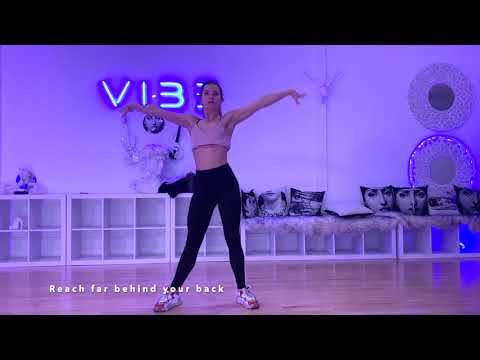
Here on this channel there is training in different styles: Waving, King Tut, Robot, - an analysis of the technique of power elements and basic movements at different levels.
Below is a video detailing the 6 steps element from Footwork.
And here you can see how the "turtle" is performed.
Here is a voluminous playlist in which there are quite a lot of breakdance elements with a detailed analysis of the technique of dance and strength elements.
Twerk
Lauren Wood/Flickr.com Sexy dance in which you need to actively work the buttocks, hips, stomach and arms.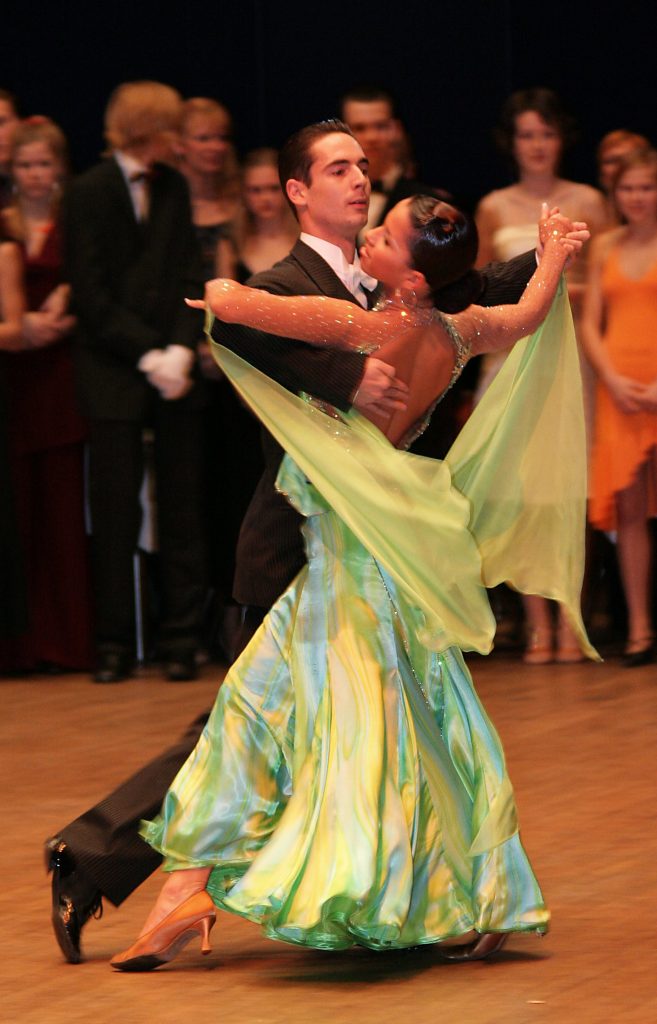 In this playlist you will find several lessons with analysis of twerk movements.
In this playlist you will find several lessons with analysis of twerk movements.
How to learn to dance ballroom dancing
Waltz
vimbly.comAt least once in your life you will surely need a waltz. Moreover, it is not so difficult to dance it at an amateur level.
Here are four good lessons that will teach you how to hold your hands and do the basic waltz steps in pairs or individually.
How to learn to dance social dances
Social dances are not designed for competition, but for communication between partners and enjoyment. Improvisation is welcome here, through which the dancer can express himself, his feelings and emotions.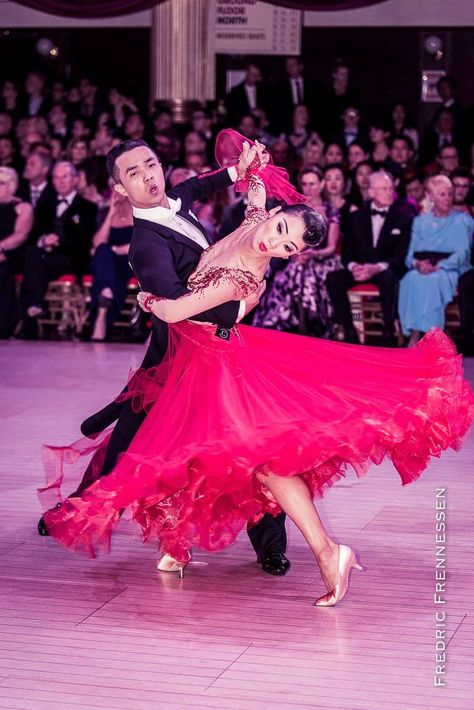
Bachata
pinterest.comThis dance comes from the Dominican Republic. He is very sensual and sometimes erotic. The basis of bachata is four steps with an emphasis on the last one. In the dance, there are rotations and throws of the partner, small lifts.
Despite the fact that bachata is a pair dance, solo combinations can also be taught. For example, if you don't have a partner yet.
In the video below - an overview of the main steps. Where to transfer body weight, how to hold hands, how to focus - everything is told in the most detailed way.
And here is a variation of bachata from the same teacher.
Below is a playlist for those who want to dance bachata in pairs. These are Dominican bachata lessons from the Imagine dance school.